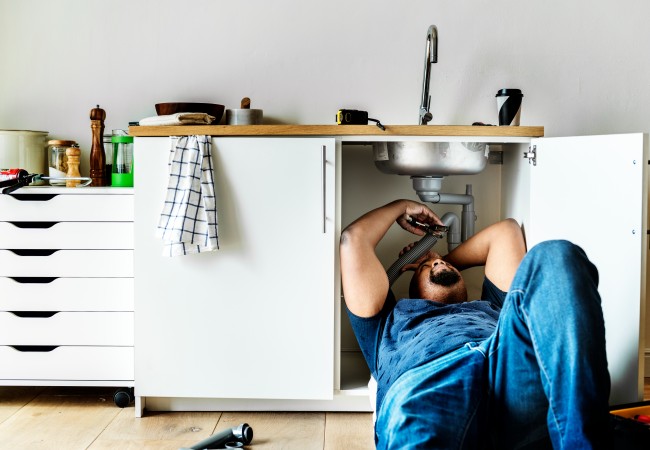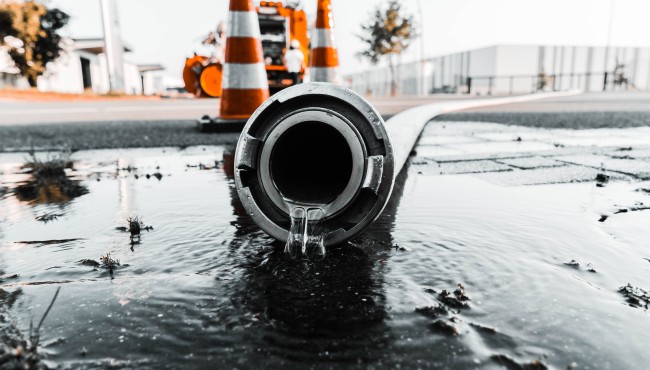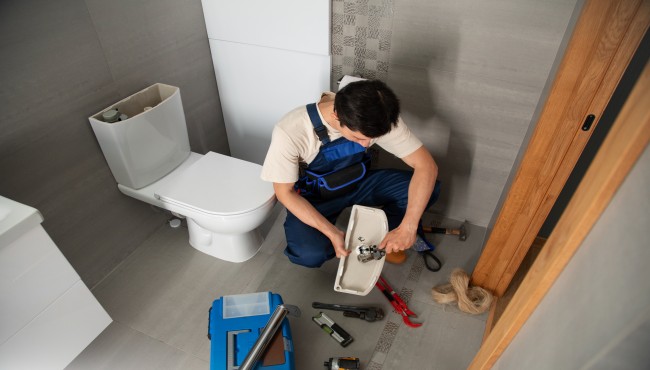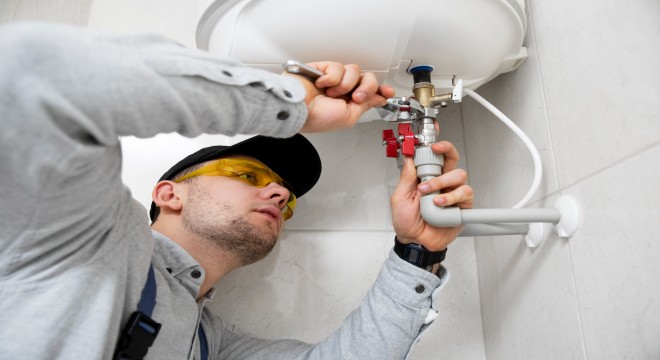Clogged drains are one of the most common household problems, and knowing how to unclog drains can save you time, stress, and unnecessary repair costs. In this detailed guide, you’ll learn why drains get blocked, how to clean them using simple DIY steps, when to call a professional, and the best ways to prevent future clogging. This blog also covers essential techniques, tools, and safety precautions to help every homeowner handle minor plumbing issues confidently.
Why Learning How to Unclog Drains Matters
Before jumping into the methods, it’s important to understand why clogged drains happen. Hair, grease, soap scum, food scraps, and mineral buildup are the main culprits. When debris collects over time, water stops flowing freely — resulting in slow drains, foul odors, gurgling sounds, and in severe cases, complete blockage.
Knowing how to clear drains at home empowers you to fix simple problems quickly and prevent further damage.
What Causes Clogged Drains?
1. Hair Buildup in Bathroom Drains
Bathroom sinks, showers, and tubs frequently clog due to hair accumulation. When mixed with soap scum, hair forms sticky clumps that block drain pipes.
2. Grease and Oil in Kitchen Drains
Pouring hot oil down the sink solidifies inside pipes and traps food particles. Over time, this forms a thick blockage that restricts water flow.
3. Soap and Mineral Deposits
Hard water minerals combine with soap, forming a hard white residue called “soap scum” which narrows the drain line.
4. Food Particles and Coffee Grounds
Food debris, especially starchy foods like rice and pasta, swell inside pipes and cause slow drainage.
5. Foreign Objects
Cotton swabs, wipes, toothpicks, and child toys are major causes of unexpected drain blockages.
How to Unclog Drains: Best DIY Methods That Work
Below are the safest and most effective ways to unclog drains on your own.
Method 1: Use Boiling Water for Quick Results
Step-by-Step
- Boil a full kettle of water.
- Pour slowly into the drain in two to three stages.
- Wait 30 seconds between each pour.
- Test the drain flow.
Best For
- Grease buildup
- Soap scum
- Light blockages
Avoid
PVC plastic pipes (extreme heat may weaken them).
Method 2: Unclog Drains with Baking Soda & Vinegar
This natural method is safe, quick, and chemical-free.
How to Do It
- Pour 1 cup baking soda into the drain.
- Add 1 cup vinegar.
- Seal the drain with a plug for 10 minutes.
- Flush with hot water.
Why It Works
The mixture creates a bubbling reaction that loosens grime, grease, and hair buildup.
Method 3: Use a Plunger to Force Blockages Out
Plunging is effective for kitchen sinks, bathroom drains, and toilets.
Instructions
- Fill the sink with a little water.
- Place the plunger over the drain to create suction.
- Pump up and down rapidly.
- Lift quickly to release pressure.
Tip
Use a cup plunger for sinks and a flange plunger for toilets.
Method 4: Use a Drain Snake or Auger
A drain snake is the best tool for removing deep blockages.
How to Use
- Insert the snake into the drain.
- Rotate the handle as you push forward.
- When you feel resistance, twist to grab the clog.
- Pull it out carefully.
Ideal For
- Hair clogs
- Deep blockages
- Severe bathroom sink slowdowns
Method 5: Try a Wet/Dry Vacuum
If you own a shop vacuum, it can easily pull clogs out.
Steps
- Seal the drain tightly with the vacuum nozzle.
- Turn the vacuum on high suction.
- Empty the tank afterward (it may contain lots of debris).
Warning
Use only wet/dry vacuums — never regular vacuums.
Method 6: Use Enzyme Drain Cleaners (Safe Option)
Enzyme-based cleaners use natural bacteria to eat organic matter.
Best For
- Bathroom drains
- Kitchen sinks
- Monthly maintenance
- Homes with children or pets
Not For
- Severe clogs
- Non-organic blockages like plastic or toys
How to Avoid Common Mistakes When Unclogging Drains
1. Avoid Overusing Chemical Drain Cleaners
They may damage pipes and kill good bacteria in septic systems.
2. Don’t Push Hard with a Snake
This can puncture old drain pipes.
3. Never Mix Chemical Cleaners
Dangerous fumes and reactions may occur.
4. Don’t Use Hot Water on Toilets
It may crack the bowl.
When DIY Drain Cleaning Is Not Enough
You may need professional help if:
- The drain clogs repeatedly
- Water backs up into other drains
- You hear gurgling from pipes
- Foul odors persist
- Your home has old plumbing
Some blockages lie deep in your sewer line and cannot be fixed at home.
Preventive Tips to Avoid Clogged Drains in the Future
1. Use Drain Screens
Catch hair and food before they enter pipes.
2. Avoid Pouring Grease Down the Sink
Let grease cool, then throw it in the trash.
3. Flush Drains Weekly
Use boiling water or vinegar to maintain flow.
4. Perform Monthly Maintenance
Enzyme cleaners keep pipes clean naturally.
5. Teach Family Members What Not to Flush
No wipes, cotton pads, or sanitary items.
Advanced Tips for Long-term Drain Health
1. Install a Water Softener
Reduces mineral buildup in pipes.
2. Upgrade Old Pipes
Cast iron pipes corrode and narrow over time.
3. Clean P-traps Regularly
Removing the trap clears built-up gunk instantly.
4. Schedule Annual Professional Drain Cleaning
Prevents costly emergencies.
When to Call a Professional Plumber
If the blockage is deep, worsening, or affecting multiple fixtures, DIY won’t solve it. Professional plumbers use:
- Hydro jetting
- Camera inspection
- Commercial augers
- Sewer line repair tools
These tools restore your plumbing system completely.
Final Thoughts on How to Unclog Drains at Home
Learning how to unclog drains helps you save money, reduce stress, and keep your plumbing system working smoothly. Whether using natural cleaners, plungers, or drain snakes, most clogs can be fixed without calling a plumber. But when problems become severe, a professional can prevent damage and protect your home.
For Professional Drain Cleaning or Emergency Service
Visit HomeFixServices.us or call 380-979-0328






